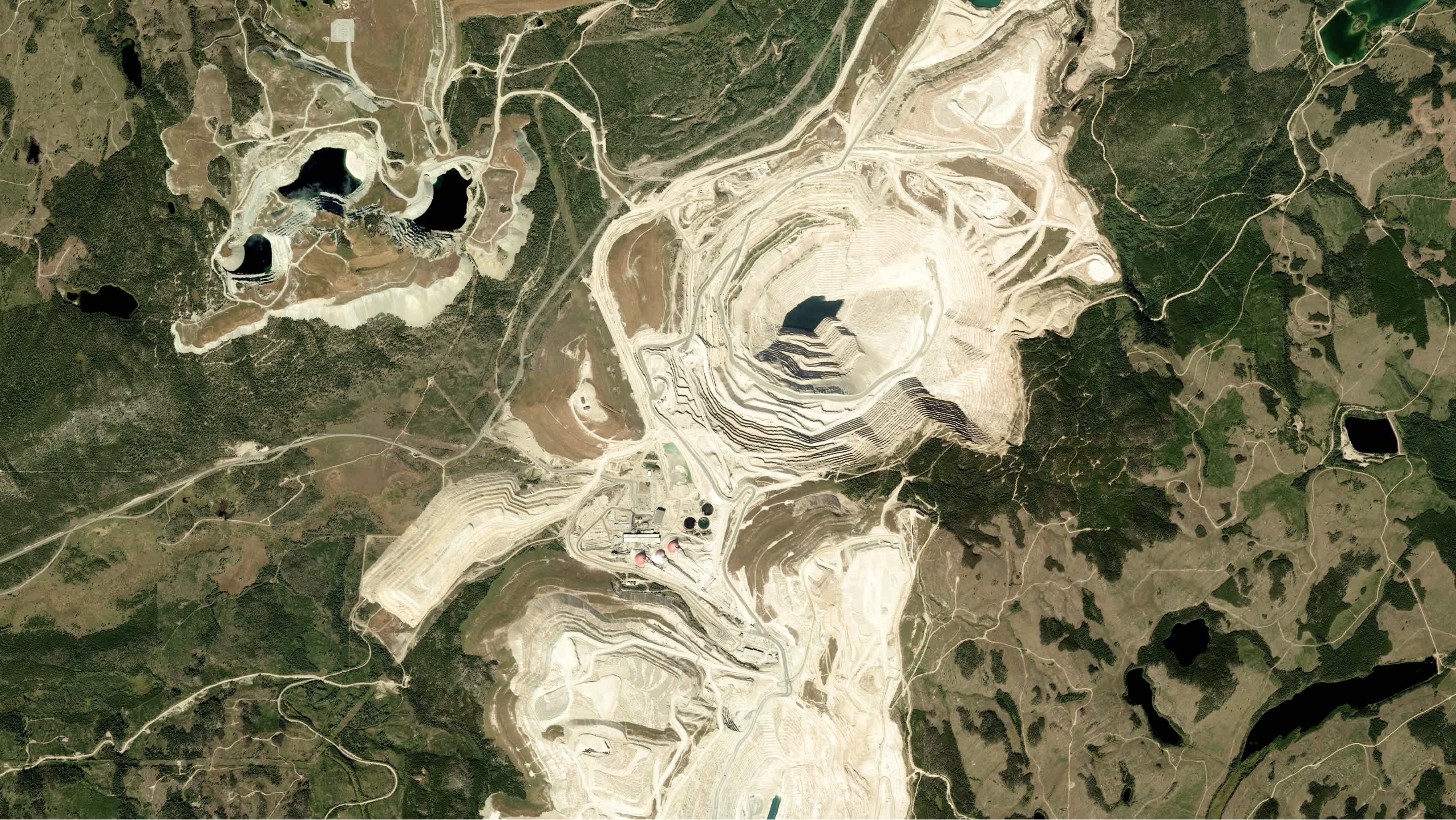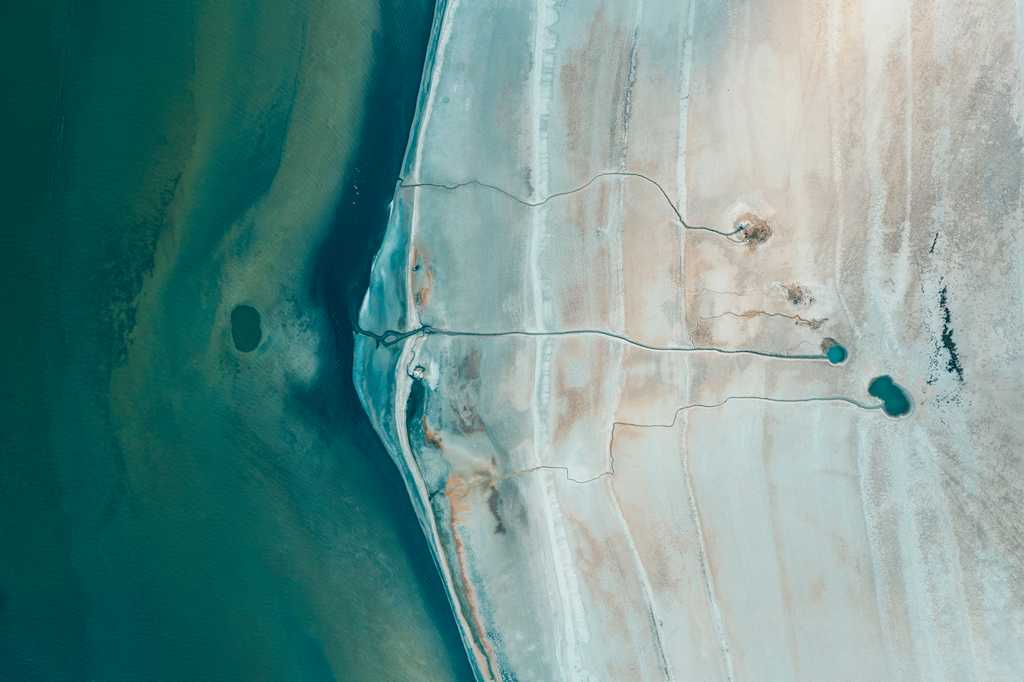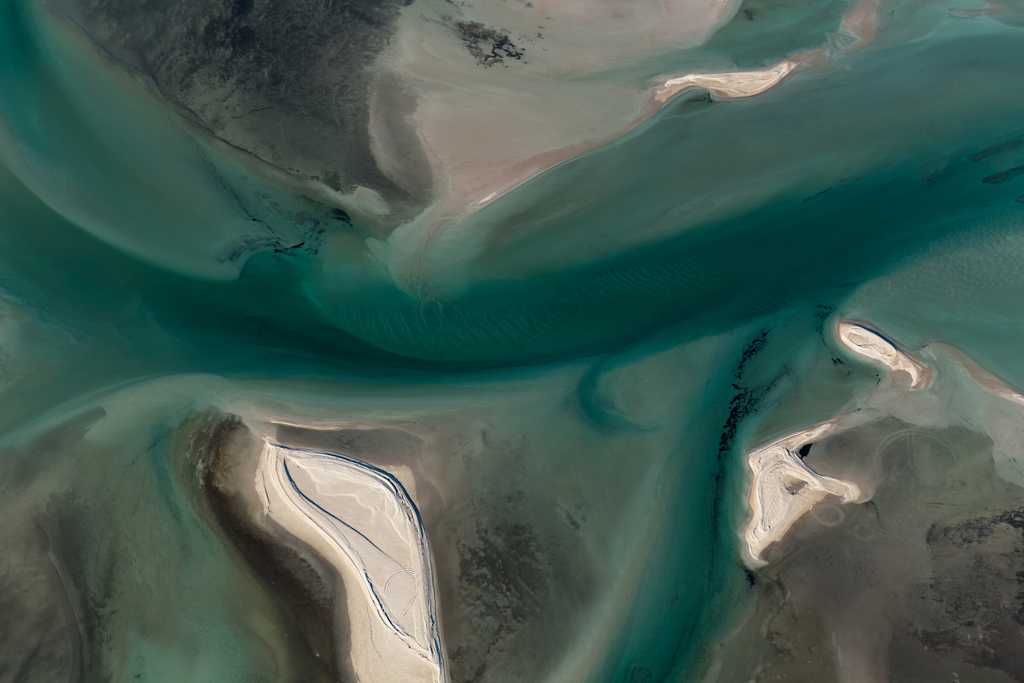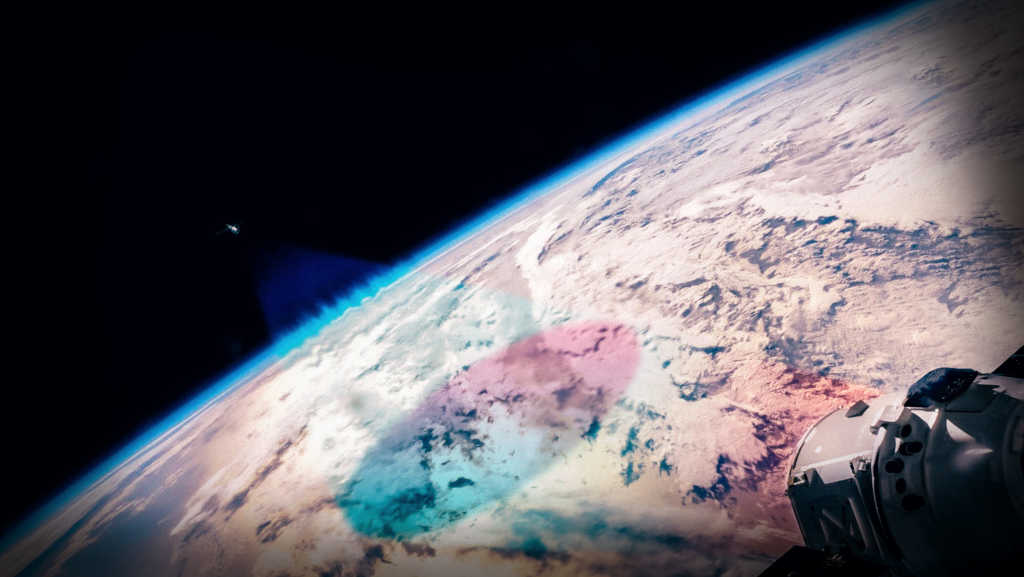One of the biggest benefits of the UP42 platform is our sheer number of data sources. We’ve currently got more than 45 different Earth observation providers, from satellites and drones to balloons.
And plenty of our satellite providers offer different types of data from the same satellites. We’re often asked about the differences between these data types. So in this article, we’ll use one of our most popular satellite constellations as an example: the Pléiades satellite constellation, operated by Airbus Defence and Space. Pléiades offers high resolution optical imagery up to 50 cm spatial resolution that can be used for a wide variety of applications.
Catalog data products from Pléiades include the following:
- Analytic
- Display
- Pansharpened reflectance
We’ll look at each of these below and highlight which use cases they’re best suited for. Starting with…
1. Analytic
First off, the Analytic data product. This data product is actually a bundle of images with different bands:
-
A grayscale image with the panchromatic band (50 cm resolution)
-
A multispectral image with red, green, blue, and near-infrared bands (2 m resolution)
The panchromatic band, though it's of a higher spatial resolution, is in grayscale (we dive into the tradeoff between high spectral and spatial resolutions in this article).
The Analytic data product has a stable contrast and can be used to extract physical properties, such as radiance or reflectance—for example, in vegetation health monitoring, where how much radiation a species absorbs and reflects can inform users about its health.
Pléiades — Analytic data product (multispectral image)
Pléiades — Analytic data product (panchromatic image)
All data products on UP42 come in different processing levels:
-
Geometric processing refers to spatial accuracy, so making sure that the image is in the right place on Earth's surface, and all objects in the image are the correct size relative to other objects.
-
Radiometric processing, on the other hand, refers to radiation and deals with brightness values in the image, to ensure that the amount of energy reflected or emitted is properly captured.
The Analytic data product's geometric processing level is orthorectified, which means that distortions caused by terrain variations, camera angle, and other factors have been removed, to create an image that looks like it was captured directly above the area of interest (AOI).
Its radiometric processing level is surface reflectance, which means that distortion caused by atmospheric effects and variations in solar illumination have been accounted for. Each pixel in the image displays its true surface reflectance, without any systematic atmospheric effects.
Lastly, the dynamic range of the Analytic data product is 12-bit. Bit depth refers to the number of bits used to represent each pixel's color or intensity value in the image, and determines the range of possible values that each pixel can have. Typical values include 8-bit, 12-bit, 16-bit, and 32-bit. Higher bit depth will provide more information, but will also make the image file size larger and require a longer time to process.
Analytic is best suited for:
With a bit depth of 12-bit, the Analytic data product is best suited for visual classification and analysis, where you don't need to go as in-depth as you would with the next product. Which is...
2. Pansharpened reflectance
The Pansharpened reflectance data product combines a panchromatic image fused with a multispectral image. This creates a single 50 cm resolution image containing the red, blue, green, and near-infrared bands.
Pléiades — Pansharpened reflectance data product
As with the Analytic data product, the geometric processing level is orthorectified and the radiometric processing level is surface reflectance.
With a bit depth of 16-bit, the Pansharpened reflectance data product has a higher bit depth than the Analytic data product. This makes it well-suited for visual classification and for more in-depth analysis.
Pansharpened reflectance is best suited for:
Analytical applications where high accuracy is needed. Detailed monitoring of vegetation, land use and land cover applications, and small object detection all fall under this category. This data product is best when you don't need to restrict your file sizes and have both time and computing power for processing.
3. Display
The Display data product has a true color curve applied on top of atmospheric correction. As a result, it can be used to extract features.
As with the Pansharpened reflectance product, it provides a 50 cm resolution pansharpened image containing the red, blue, green, and near-infrared bands.
Pléiades — Display data product
The geometric processing level is orthorectified and the radiometric processing level is display. Display imagery is color-corrected to provide natural or true colors as seen by the human eye.
Its bit depth is 8-bit. While this makes it unsuitable for detailed analysis, it provides a smaller file size that's useful for object detection and infrastructure monitoring. Also, the range of colors provided by 8-bit images matches the way we perceive them in real life.
Display is best suited for:
Large object detection, visual interpretations, mapping, and any use case that requires smaller file sizes without extreme detail, such as presentations or creating marketing materials.
Learn more
As we've seen, choosing the right product, in the end, will be a combination of factors: how detailed is your use case? What size file types are you willing or able to work with? Between the three options, you've got tons of potential applications.
For more info about the Pléiades collection, check out our documentation. And to learn how to order Pléiades products via the UP42 platform, take a look at the options below:




